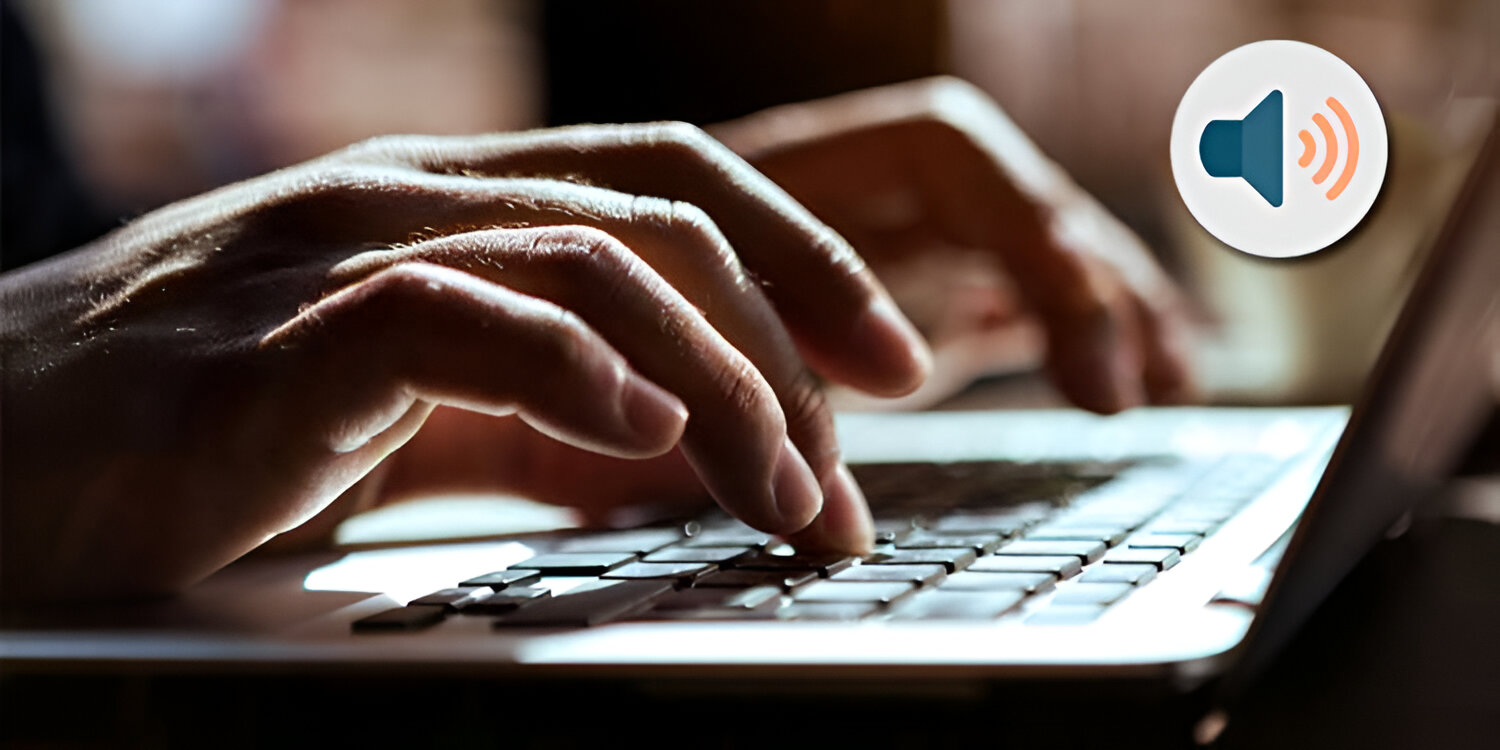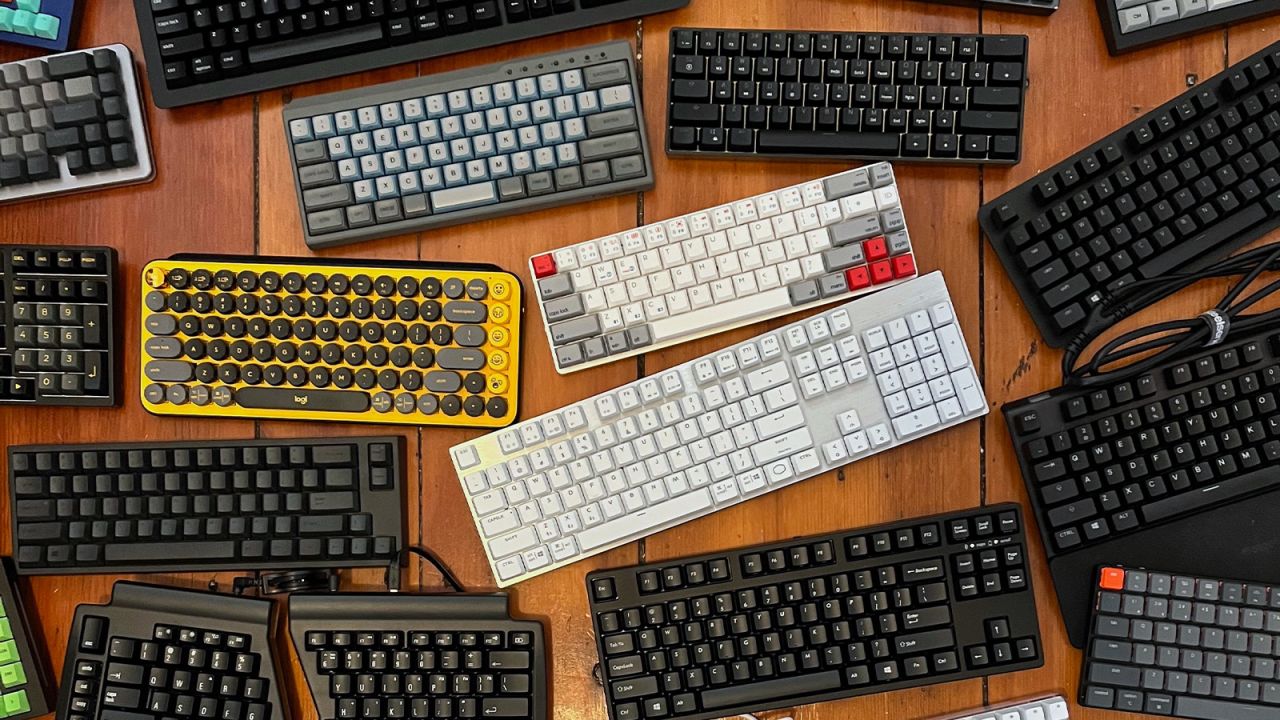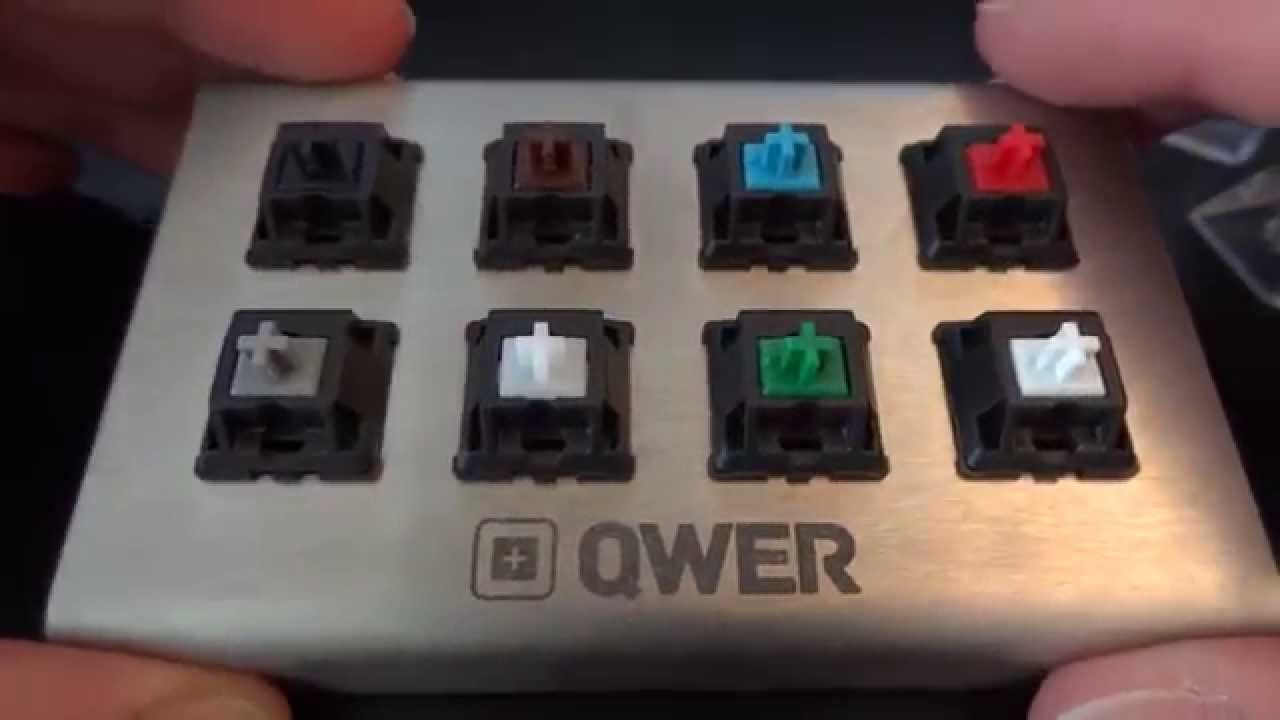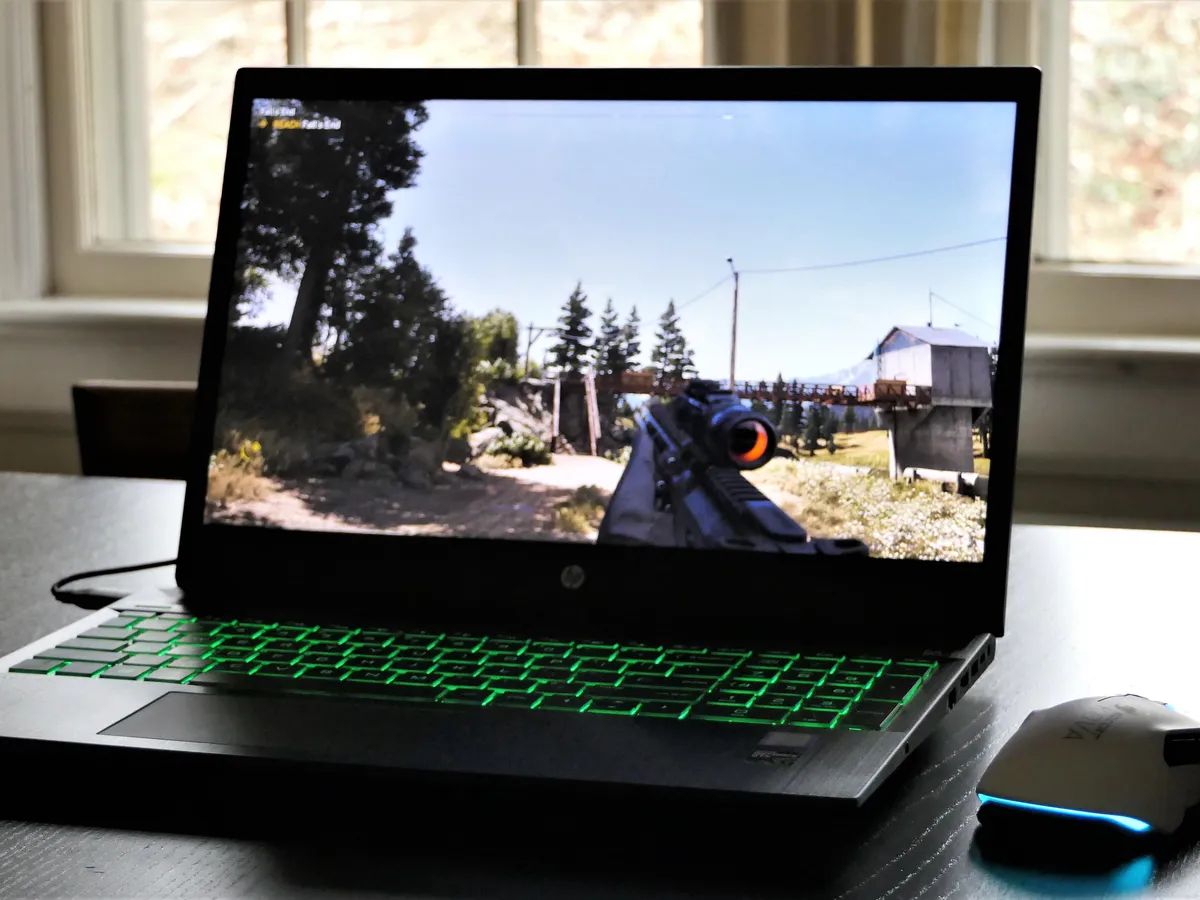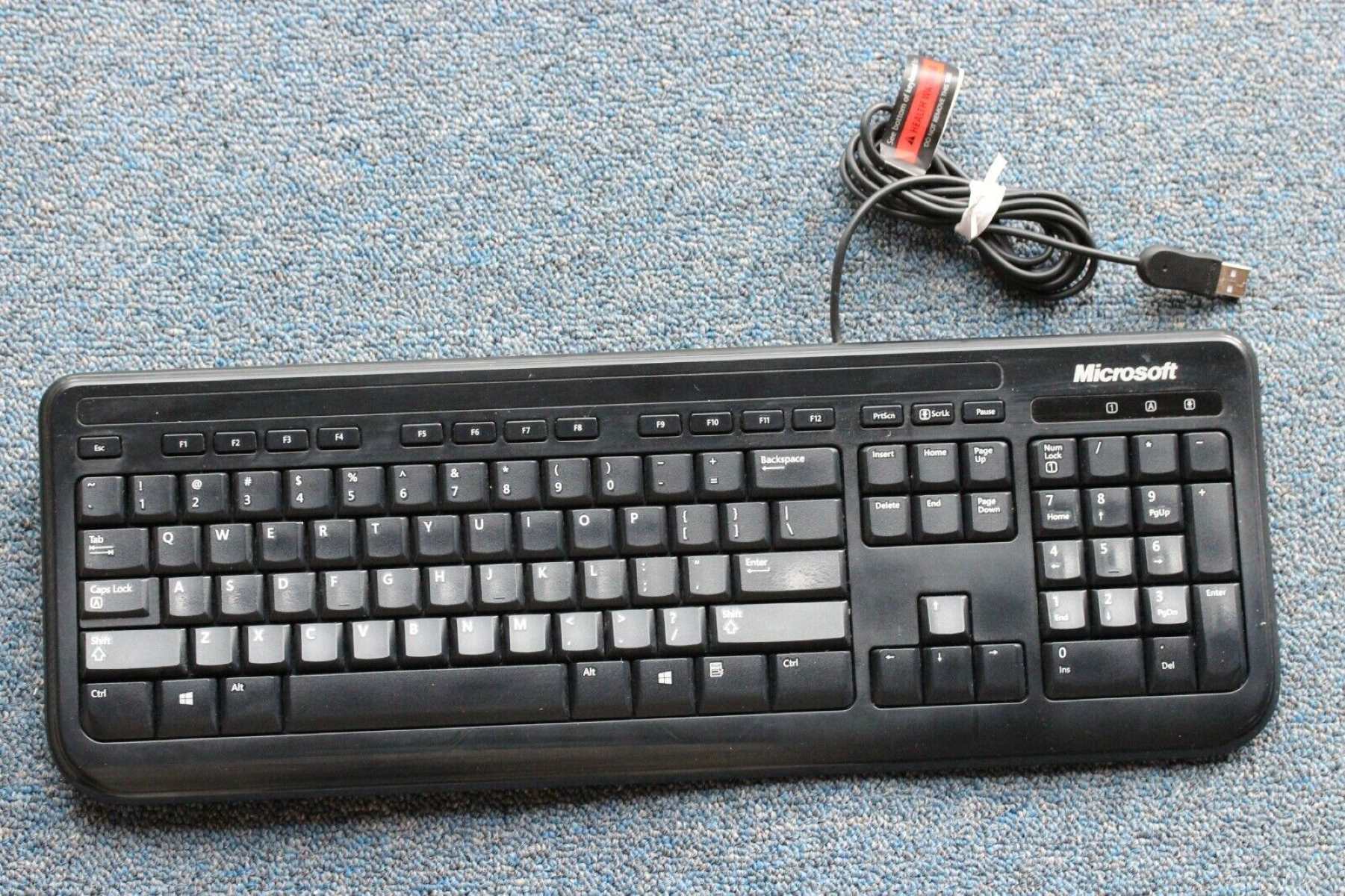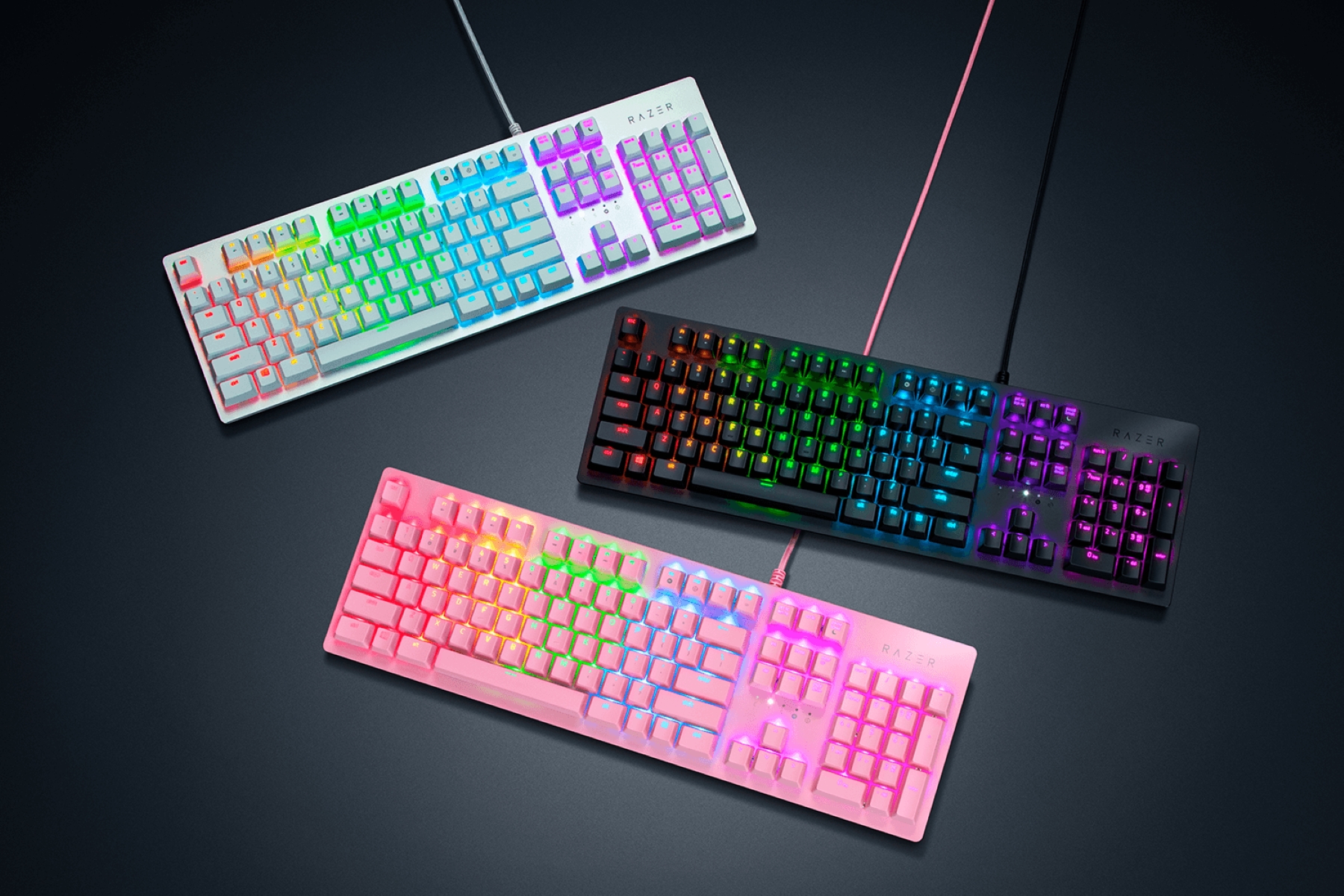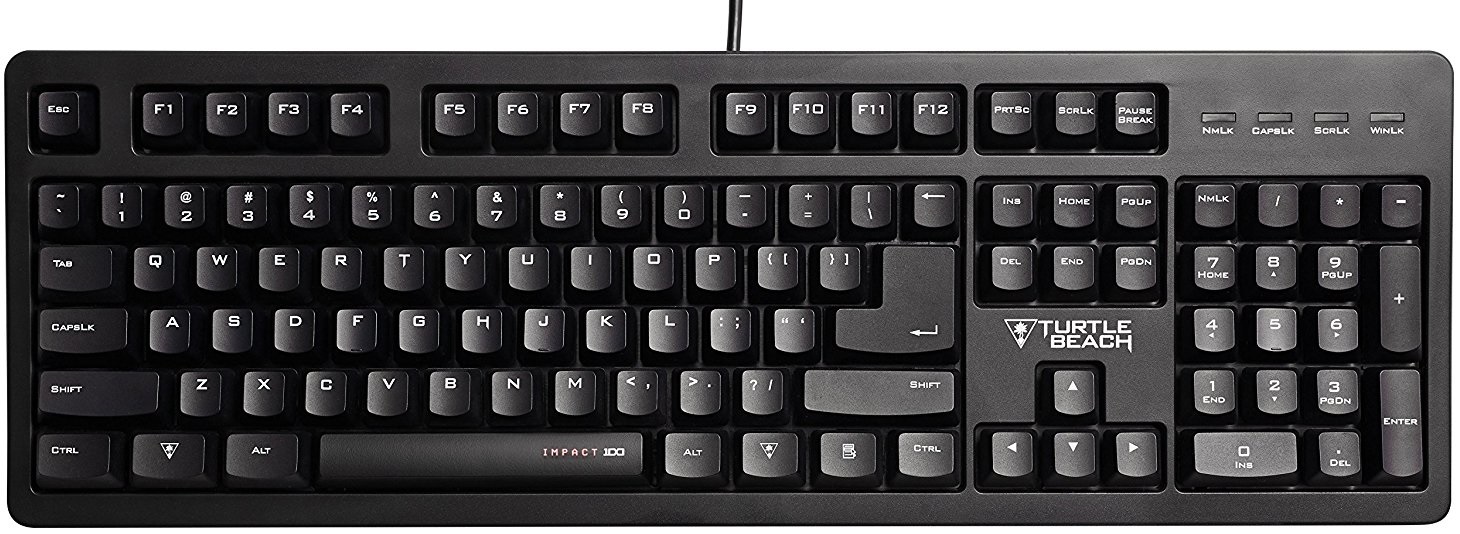Introduction
Are you tired of the lackluster sound of your laptop keyboard? Do you yearn for the satisfying click-clack of a mechanical keyboard as you type away on your computer? Fortunately, you can transform the sound of your laptop keyboard to mimic that of a mechanical keyboard with a few simple steps. This guide will walk you through the process of achieving that delightful mechanical keyboard sound, elevating your typing experience to a whole new level.
Typing on a mechanical keyboard is often described as a tactile and auditory pleasure. The distinct sound produced by each keystroke can be incredibly satisfying, reminiscent of the classic typewriters of yesteryears. While many laptops come with relatively quiet and unremarkable keyboards, you can recreate the mechanical keyboard experience by customizing the sound of your laptop's keystrokes.
In the following sections, we will explore how to select the right keyboard sound, install specialized keyboard sound software, and adjust the settings to achieve the desired effect. Additionally, we will provide tips to enhance the authenticity of the mechanical keyboard sound. By the end of this guide, you will be well-equipped to infuse your typing sessions with the nostalgic, clicky sound of a mechanical keyboard, all from the comfort of your laptop. Let's dive in and unlock the potential for a more enjoyable and satisfying typing experience.
Choosing the Right Keyboard Sound
Before delving into the technical aspects of modifying your laptop keyboard sound, it’s essential to choose the right keyboard sound that resonates with your preferences. The market offers a variety of keyboard sound profiles, each with its unique auditory characteristics. When selecting a keyboard sound, consider the tone, pitch, and overall ambiance that best align with your ideal typing experience.
One popular keyboard sound is the classic “clicky” sound, reminiscent of vintage typewriters. This sound profile features distinct, audible clicks with each keystroke, providing a satisfying tactile and auditory feedback. If you prefer a more subtle and subdued sound, a “tactile bump” profile may be suitable. This profile offers a gentle, yet discernible, tactile feedback without the pronounced click sound, catering to individuals who appreciate a quieter typing environment.
For those seeking a balance between the clicky and tactile profiles, the “light and breezy” sound may be an ideal choice. This sound profile combines a softer click with a subtle tactile response, creating a pleasant and versatile typing experience. Additionally, some users may prefer a customized sound that mimics specific mechanical keyboard models, such as the iconic “Cherry MX Blue” or “Razer Green” switches, known for their distinct sound signatures.
When choosing the right keyboard sound, it’s important to consider the acoustics of your environment and your personal typing style. If you frequently work in shared spaces or require a quieter typing experience, a more subdued sound profile may be preferable. Conversely, if you enjoy the audible feedback and have a penchant for the classic mechanical keyboard sound, a clicky profile might be the perfect fit.
Ultimately, the goal is to select a keyboard sound that enhances your typing experience and brings a sense of satisfaction with each keystroke. By carefully considering the available sound profiles and their compatibility with your preferences, you can lay the foundation for a more enjoyable and personalized keyboard sound. With the right keyboard sound chosen, you are ready to embark on the next steps toward transforming your laptop keyboard into a mechanical keyboard auditory delight.
Installing Keyboard Sound Software
Once you have identified the desired keyboard sound profile, the next step is to install specialized keyboard sound software that enables you to customize the auditory feedback of your laptop keyboard. Several software options are available, each offering unique features to modify and enhance the sound produced by your keystrokes. Before proceeding with the installation, it’s important to ensure compatibility with your laptop’s operating system and keyboard model.
One popular choice for keyboard sound customization is the “MechType Pro” software, renowned for its user-friendly interface and extensive sound customization options. To install MechType Pro, begin by visiting the official website and downloading the compatible version for your operating system. Once the software is downloaded, follow the straightforward installation instructions to integrate MechType Pro with your laptop’s keyboard system.
Another notable option is “KeySound Pro,” a versatile software package designed to simulate the sound of mechanical keyboards on various laptop models. To install KeySound Pro, visit the official website and locate the appropriate version for your operating system. After downloading the software, initiate the installation process, and carefully configure the settings to ensure seamless integration with your laptop’s keyboard.
For those seeking open-source solutions, “TypeTune Open” offers a customizable platform for modifying keyboard sound profiles. To install TypeTune Open, visit the official repository and download the compatible version for your operating system. Once the software is downloaded, follow the provided instructions to install and configure TypeTune Open, allowing you to tailor the keyboard sound to your preferences.
It’s important to note that some keyboard sound software may require administrative privileges for installation, so ensure that you have the necessary permissions before proceeding. Additionally, consider the system requirements and potential impact on system performance when selecting and installing keyboard sound software.
Upon successful installation, you will gain access to a range of settings and options to customize the sound of your laptop keyboard, bringing you closer to the satisfying auditory experience of a mechanical keyboard. With the software seamlessly integrated into your system, you are poised to embark on the next phase of adjusting the keyboard sound settings to achieve your desired auditory feedback.
Adjusting Keyboard Sound Settings
With the keyboard sound software successfully installed, it’s time to delve into the process of adjusting the settings to achieve the desired auditory feedback from your laptop keyboard. The software interface provides a range of customizable options, allowing you to fine-tune the sound profile to align with your preferences. Whether you seek a pronounced clicky sound or a subtle tactile feedback, the following steps will guide you through the adjustment process.
Upon launching the keyboard sound software, you will be greeted with an intuitive interface that presents various sound customization parameters. Begin by selecting the desired keyboard sound profile from the available options, such as “clicky,” “tactile bump,” or a customized sound that mirrors specific mechanical keyboard models. The software may also offer the flexibility to adjust the volume and pitch of the keyboard sound, enabling you to tailor the auditory feedback to your liking.
Next, explore the keystroke sensitivity settings, which determine the sound response based on the pressure and speed of your typing. By fine-tuning the sensitivity parameters, you can achieve a more natural and responsive sound with each keystroke, enhancing the overall typing experience. Additionally, some software packages provide the option to simulate the sound of different key switch types, allowing you to emulate the distinct characteristics of renowned mechanical keyboard switches.
For users who prefer a dynamic sound experience, certain keyboard sound software offers the ability to create custom sound profiles for specific applications or typing scenarios. Whether you’re drafting documents, coding, or engaging in casual browsing, the software can adapt the keyboard sound to suit the task at hand, adding a personalized touch to your typing sessions.
Furthermore, explore the ambient sound effects that may accompany the keyboard sound, such as subtle reverberations or space-themed audio cues. These additional features can contribute to a more immersive and enjoyable typing environment, enhancing the overall auditory experience beyond the individual keystrokes.
As you adjust the keyboard sound settings to your liking, take the time to test the modifications in various typing scenarios to ensure that the auditory feedback aligns with your expectations. Fine-tune the settings iteratively, making subtle adjustments until you achieve the perfect balance of tactile and auditory satisfaction with each keystroke.
With the keyboard sound settings meticulously adjusted, you are now poised to immerse yourself in a more satisfying and personalized typing experience, as your laptop keyboard resonates with the delightful sound reminiscent of a mechanical keyboard. The next section will provide additional tips to further enhance the authenticity of the mechanical keyboard sound, elevating your typing sessions to new heights of auditory delight.
Tips for a More Authentic Mechanical Keyboard Sound
While the keyboard sound software plays a pivotal role in customizing the auditory feedback of your laptop keyboard, incorporating additional tips and techniques can further enhance the authenticity of the mechanical keyboard sound, enriching your typing experience. By implementing the following suggestions, you can elevate the tactile and auditory satisfaction derived from each keystroke, bringing you closer to the classic mechanical keyboard ambiance.
- Keyboard Keycap Modifications: Consider replacing your laptop’s keycaps with custom keycaps designed to emulate the look and feel of mechanical keyboard keys. These keycaps are often crafted from durable materials and may feature a sculpted profile, enhancing the tactile experience and contributing to a more authentic sound as you type.
- Keyboard Mat or Pad: Place a soft, cushioned mat or pad beneath your laptop keyboard to dampen the sound of keystrokes and create a subtle resonance that mimics the characteristic “thock” associated with mechanical keyboards. The added cushioning can also enhance the overall typing comfort.
- Typing Posture and Technique: Adopting a deliberate typing posture and technique can influence the sound produced by your keystrokes. Pay attention to the force and rhythm of your typing, aiming for consistent and deliberate keystrokes to elicit a more pronounced and satisfying sound from the keyboard.
- Custom Sound Profiles: Some keyboard sound software allows for the creation of custom sound profiles, enabling you to tailor the keyboard sound to match specific mechanical keyboard models or switch types. Experiment with creating personalized sound profiles that resonate with your preferred typing experience.
- Acoustic Environment: Consider the acoustic characteristics of your typing environment. Adjusting the ambient lighting, introducing soft background music, or situating the laptop in a specific location can contribute to a more immersive and enjoyable auditory experience as you type.
Furthermore, exploring the world of artisan keycaps, which are intricately designed and crafted keycaps, can add a touch of individuality and distinct sound characteristics to your laptop keyboard. Artisan keycaps often feature unique shapes and designs, enhancing the visual and tactile appeal of the keyboard while influencing the sound produced during typing.
By combining these tips with the customized keyboard sound settings, you can create a more immersive and authentic mechanical keyboard sound experience, infusing your typing sessions with the nostalgic click-clack and tactile satisfaction reminiscent of classic mechanical keyboards. As you implement these strategies, take note of the nuanced improvements in the auditory feedback and typing comfort, further enriching your interaction with the laptop keyboard.
Conclusion
Transforming your laptop keyboard sound to emulate the distinctive and satisfying click-clack of a mechanical keyboard is a rewarding endeavor that enhances the overall typing experience. By carefully selecting the right keyboard sound, installing specialized keyboard sound software, and adjusting the settings to your preferences, you have unlocked the potential to infuse your typing sessions with a delightful auditory feedback reminiscent of classic mechanical keyboards.
Through the process of choosing the ideal keyboard sound profile, you have tailored the auditory characteristics to align with your preferences, whether you prefer a pronounced clicky sound, a subtle tactile feedback, or a customized sound that mirrors specific mechanical keyboard models. This deliberate selection sets the stage for a more personalized and enjoyable typing experience.
With the installation of keyboard sound software, you have gained access to a suite of tools and settings that empower you to fine-tune the sound profile of your laptop keyboard. Whether it’s adjusting the volume, pitch, keystroke sensitivity, or creating custom sound profiles, the software provides a canvas for crafting the perfect auditory feedback that resonates with your typing style and environment.
Furthermore, by implementing additional tips for enhancing the authenticity of the mechanical keyboard sound, such as keyboard keycap modifications, keyboard mat or pad placement, and deliberate typing techniques, you have further enriched the tactile and auditory satisfaction derived from each keystroke. These supplementary strategies contribute to a more immersive and enjoyable typing environment, bringing you closer to the classic mechanical keyboard ambiance.
As you embrace the transformed sound of your laptop keyboard, you are poised to experience a more satisfying and personalized typing journey. The nostalgic click-clack and tactile feedback reminiscent of mechanical keyboards have been seamlessly integrated into your laptop typing experience, adding a touch of nostalgia and delight to each keystroke.
Ultimately, the journey to make your laptop keyboard sound like a mechanical keyboard is a testament to the versatility and customization potential of modern technology. By infusing your typing sessions with a tailored auditory experience, you have elevated the mundane task of typing into a sensory delight, bringing the classic charm of mechanical keyboards to the digital realm.
Embrace the newfound auditory satisfaction and tactile delight that accompanies your transformed laptop keyboard sound, and revel in the nostalgic ambiance of a bygone era with each keystroke.







